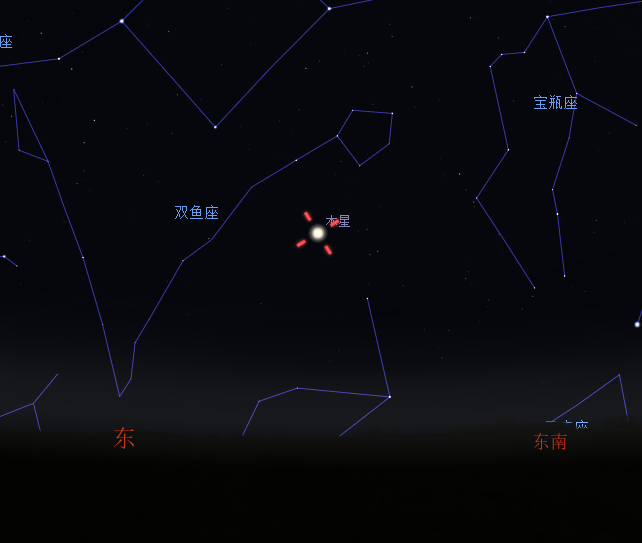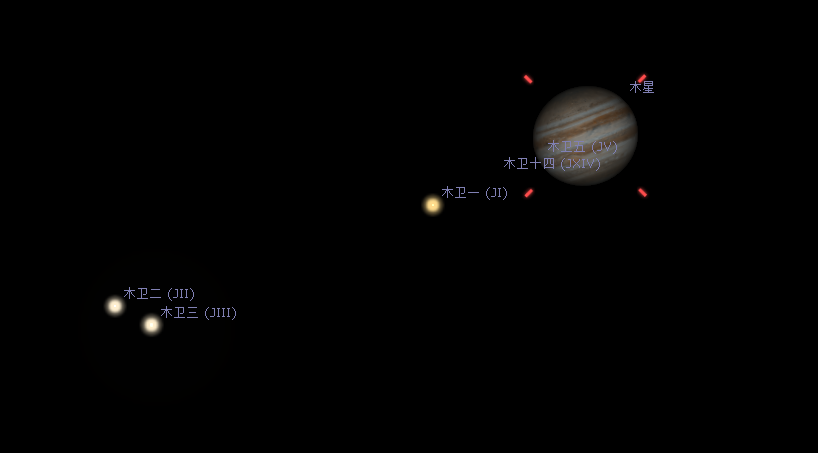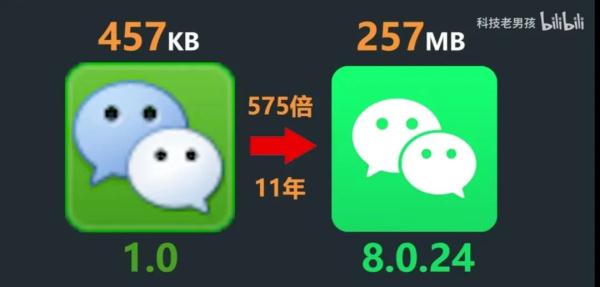Celebrity Trailer | Jupiter Randry, a good opportunity to observe!
Author:Beijing Astronomy Time:2022.09.23

The most notable heavenly phenomenon next week is Jupiter on September 27th. In addition, Shuoyue appeared at 5:55 on September 26.
Jupiter
Jupiter is the fifth planet from the sun, and is also the planet with the largest volume and diameter in the solar system. Its quality is 2.5 times the total quality of all other planets. Its diameter is 11 times the diameter of the earth, almost 1/10 of the diameter of the sun. Although it is far from the earth, the average distance from Jupiter to the sun is 778 million kilometers, which is about 5.2 times the distance from the earth to the sun, but because Jupiter is large, it looks bright from the earth. Among the five major planets, its brightness is second only to Venus, and the brightness of the sun can reach -2.9, which is very dazzling. Around the day is the best observation time for Jupiter, which can be observed all night.
During Jupiter's rush this year, Jupiter was located in Pisces, not far from spring. After the sun rises from the east, runs to the south of the sky at midnight, the highest location. In the morning, when the sun rose from the east, Jupiter fell on the horizon in the southwest.

On the night of September 27, Jupiter's relative position diagram Source: Star Map Software
It is worth mentioning that this time Jupiter's rushing in the sun and the usual rush are slightly different. At the time of the day, Jupiter is closest to the earth, with an average distance of about 600 million kilometers. This distance is different every time the sun is rushing. This is because Jupiter's orbit running around the sun is an ellipse. At the time of recently, it is about 741 million kilometers at the time of the sun. At the farthest day away from the sun, 817 billion kilometers from the sun. If it is rushing near nearby, it will be closer to us.
Jupiter will spend the last time on January 20, 2023, less than 4 months before it is now. This time it was a little closer to the earth, about 591 million kilometers recently. Therefore, Jupiter's brightness can reach -2.9, etc., and the diameter can reach 49.9 cents, which is the biggest and brighter in recent years. Jupiter's rotation cycle around the sun is 11.86 years, which means that every 12 years will only catch up with Jupiter nearby nearby. At the distance near the distance, Jupiter's brightness is slightly darker, the brightest is only -2.5, etc., and the diameter is only 44 cents. However, this size is almost the largest among all planets. Only Venus can look more than this size in a short time when the earth is closest.

Jupiter and Jupiter Satellite Source: Star Map Software
You can see the round surface of Jupiter with a double -tube mirror that is zoomed in about 10 times. Of course, you can see the four brightest satellites of Jupiter. A 20 -fold and 30 -fold telescope can see the bright and dark stripes on the surface of Jupiter. The telescope multiple is magnified to more than 100 times. The stripes can be seen more clearly, just like the bright and dark stripes on the wooden board.
The earliest to observe Jupiter with a telescope was Italian great scientist Galileo. In 1609, he pointed the telescope to the sky and observed the celestial bodies such as the sun, the moon, Venus, and Jupiter. When he observed Jupiter, in addition to seeing the stripes on the surface of Jupiter, he also saw a few little stars around Jupiter. Soon, the relative positions of these little stars and Jupiter are constantly changing. After a long time of observation, Galileo determined that there were four stars in total. They were rotating around Jupiter and were Jupiter's satellites. This is the first time that humans have discovered satellites outside the earth, which has strongly proved Copernicus's heart. These four Jupiter satellites are called Galileo satellites because they were the earliest discovery of Galileo. They named Muwei Yi, Muwei II, Muwei San, and Muwei Si from nearby to far. Muwei Er is slightly smaller than the satellite moon of the earth, and the other three are larger than the moon. Mu Weisan's diameter is larger than Mercury. It is the largest satellite in the solar system.
Academician Xi Zezong, the late astronomer of our country, believes that Gande, a astronomer of the Warring States Period of our country, saw Muwei San with his naked eye in the summer of 364 BC. It was nearly 2000 years earlier than Galileo's discovery of Jupiter satellites in 1610. Gande has two books: "The Scripture of the Scripture" and "Astronomical Star", but it is unfortunately lost. However, some content was preserved in the Tang Dynasty's "Kaiyuan Occupy Sutra". Among them, Gande's "The Star Sutra" described Jupiter's words: "It is very bright. If there is a small red star attached to its side, it is called an alliance." This passage of Gande is likely to show that Jupiter has found a small red satellite.
Can Gande see Jupiter's satellites only with the naked eye? In March 1981, the Institute of Natural Sciences of the Chinese Academy of Sciences organized more than 10 teachers and students from a certain middle school in Beijing to observe the naked eye at the Xinglong Observation Station of the Beijing Observatory. 8 people saw the red Muwei San for two consecutive nights. Jupiter's satellites have an average brightness of 5 when Jupiter rushes to the sun, of which the wooden guards are the brightest, and the maximum viewing star can reach 4.5. It fully reaches the degree of visible to the naked eye. The corners of these Jupiter satellites and Jupiter are between 2-10. For the average person, the extreme visual star that can be seen with the naked eye is about 6, and the angle that can be distinguished is more than 1 angle, so theoretically the naked eye should be seen. It's just because they appear next to Jupiter and are disturbed by Jupiter's strong light, it is not easy to see them with the naked eye.
If your vision is good enough, you can try the challenge of Jupiter satellites during the Jupiter's rush.Choose a sunny night that is far away from urban lighting and moonlight interference and good atmospheric transparency, as long as the wooden guard can be seen above Jupiter.When observing, you should be patient. First adapt to five or six minutes. Do not disturb the light of Jupiter. Pay attention to whether there is a red light near Jupiter's white light. As long as you can see the red light of Jupiter, you can consolidate carefully.It is the very stable little red star that is close to Jupiter. This is the wooden guard.Article Author: Beijing Astronomical Museum Kou Wen
Article editor, typography: Beijing Astronomical Museum Li Yan
Scan the QR code to follow us

WeChat public account: Beijing Astronomical Museum
Sina Weibo:@新 新 新
Want to learn more about astronomical knowledge and important natural phenomena, you can order electronic or paper magazine "Astronomy Lovers" magazine!
At the needs of readers, starting from December 2021, the public account of "Astronomy" magazine began to be launched on the purchase link of the magazine and the purchase of paper.
Scan the QR code below to buy
- END -
WeChat installation package expands 575 times in 11 years, this setting is very useful

The mobile phone app occupies too muchClean up and accelerate every few daysHave y...
Apple's "bottom gas"

notIn 15 years, the world changes more than the changes in smartphonesThe alert be...